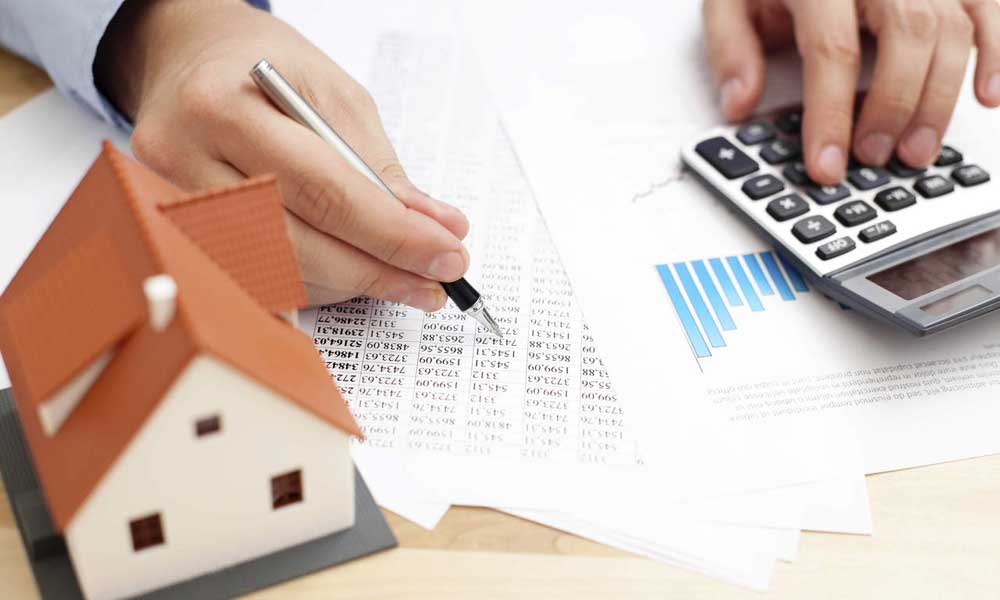Proper valuation of deconstructed building materials is critical in producing an accurate appraisal valuation when producing a qualified appraisal. Unfortunately, the practice of utilizing construction software called “RS Means” has been utilized in the personal property appraisal industry when determining valuation. The more conservative, accurate and correct methodology to employ should be the sales comparison approach, in which comparable sales are researched in the subject’s market to determine the Fair Market Value.
As a background, RS Means software is used within the construction industry for producing estimates for new structure base pricing, upon which a profit margin can be calculated and then realized in the final costing model. Additionally, the software allows valuation based on geographical location and incorporates the price variances within different markets like Boston, MA compared to Cincinnati, OH. Hence, the primary usage is for a cost comparison of different property or structure materials in different geographic locations. From the RS Means website, “RS Means data is used by construction professionals to create budgets, estimate projects, validate their own cost data and plan for ongoing facilities maintenance. Localized, accurate and complete, RS Means data is the construction industry standard.”1
There is no indication, whatsoever, that this software was created to produce data to be used for recycled material and in determining the Fair Market Value. The IRS suggests RS Means is recommended software as a means of achieving a cost segregation approach.2
In addition to the methodology of the “cost approach” not being a best practice for the valuation of building materials, the RS Means software presents multiple issues resulting in inaccurate assignment valuations. The first issue is life expectancy—building materials have different life expectancies and depreciate at different rates. For example, the life expectancy of brick is 100+ years, whereas the life expectancy of most appliances are under ten. For this reason, applying a single depreciation rate with the “age-life method” for all materials would result in inaccurate valuations. Secondly, there is the issue of updating—it is uncommon to come across a 1950s home devoid of renovation updates. Typically, kitchens, bathrooms and other parts of a home have received updates, creating increased variance in life expectancies of the numerous materials. Older materials can become classified as antiques, consequently increasing their desirability with a resultant corresponding appreciation in value—most assuredly not depreciating. This cannot be accounted for within the confines of RS Means software. Finally, remembering this software’s purpose is one of providing an estimation tool is of primary import and the specific material valuations calculated are to be utilized generally. If a property included high-end upgrades such as Viking appliances, the software does not accommodate categorization for this option and would result in undervaluation. Conversely, a low-end appliance would be overvalued.
At The Green Mission Inc. we strive to continually research appraisal valuation best practices to ensure accurate and conservative valuations are assigned to all materials and property.


